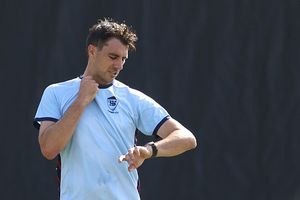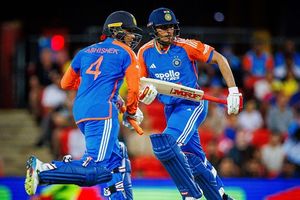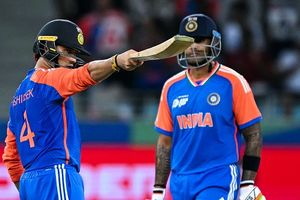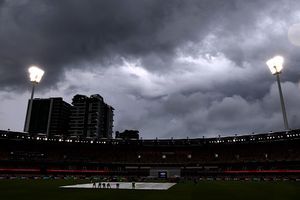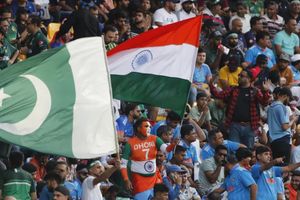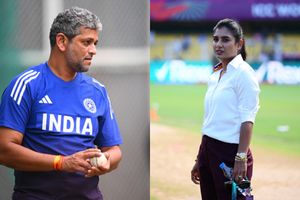World No. 1 Magnus Carlsen has never been one to bask in unwarranted hype. The Norwegian grandmaster recently shrugged off a viral statistic that painted him as an unshakable chess “superhuman” during his current campaign at the Freestyle Chess Grand Slam Tour 2025 in Paris. Carlsen, a five-time world champion, has stormed into the semifinals alongside rivals Fabiano Caruana, Hikaru Nakamura, and Vincent Keymer, showcasing his trademark blend of precision and poise.
But it’s his icy composure during a tense clash against Germany’s Keymer that sparked global chatter—specifically, a jaw-dropping heart-rate reading that left fans in awe.
Magnus Carlsen’s blunt take on the viral stat
The stat in question? A pulse of 42 beats per minute (BPM) during a critical game, dwarfing Keymer’s 108 BPM. While enthusiasts hailed it as proof of Carlsen’s unrivaled mental fortitude, the man himself responded with a mix of humor and humility.
At the Freestyle Chess Tour, players wear heart-rate monitors to track stress levels—a feature designed to add drama to the cerebral battles. Carlsen’s near-meditative 42 BPM during his duel with Keymer quickly went viral, with fans dubbing it “Zen Mode Magnus.” Social media erupted with memes comparing his calmness to “a monk in a typhoon” and “a catnap mid-checkmate.”
But when asked about the statistic, Carlsen dismissed it with a laugh. “That’s nonsense. I think it was broken,” he quipped after securing his semifinal spot. “But I do feel calmer now, so maybe there’s some truth to it.”
The 34-year-old also reacted to the same on his official X handle (formerly Twitter) writing:
"It’s called hvilepuls (translated to "I will show you how")."
Despite downplaying the data, his gameplay spoke volumes. Magnus Carlsen outmaneuvered Uzbek prodigy Nodirbek Abdusattorov in the quarterfinals (1.5-0.5) and finished the round-robin stage tied for first with Russia’s Ian Nepomniachtchi. His ability to maintain focus over 48 hours of high-stakes chess—11 matches in total—underscores why he remains the sport’s gold standard.
The science of stress (or lack thereof)
While Carlsen brushed off the heart-rate buzz, the broader context is fascinating. Keymer’s 108 BPM, though higher, aligns with typical adrenaline spikes during elite chess. Studies suggest grandmasters can burn up to 6,000 calories per tournament due to mental exertion—comparable to marathon runners. Carlsen’s outlier reading, whether faulty or not, highlights his unique ability to thrive under pressure.
Fans weren’t the only ones impressed. Commentators noted that Magnus Carlsen’s “low-BPM dominance” mirrors his career-long knack for turning tension into triumph. From overcoming mid-game setbacks to clinching world titles in tiebreakers, his psychological edge is well-documented.
Semifinal showdowns and rising stars
Carlsen now faces Fabiano Caruana, the Weissenhaus leg runner-up, in a semifinal clash dubbed “The Battle of Calculation vs. Calm.” On the other side of the bracket, Hikaru Nakamura—who dominated India’s Arjun Erigaisi (1.5-0.5)—will square off against Vincent Keymer. The German teen edged out Nepomniachtchi in a nerve-wracking tiebreak, proving his 108 BPM didn’t derail his focus.
Meanwhile, India’s young talents had mixed fortunes. Praggnanandhaa secured ninth place after defeating compatriot Vidit Gujrathi, while world champion Gukesh stumbled to 11th after losing to Hungary’s Richard Rapport.
Carlsen’s semifinal journey will test whether his “broken sensor” theory holds—or if his chill factor truly is otherworldly. One thing’s certain: in a sport where milliseconds and millimeters decide fates, Magnus Carlsen remains chess’ ultimate paradox—a man who laughs at legends while writing his own.
ADVERTISEMENT




